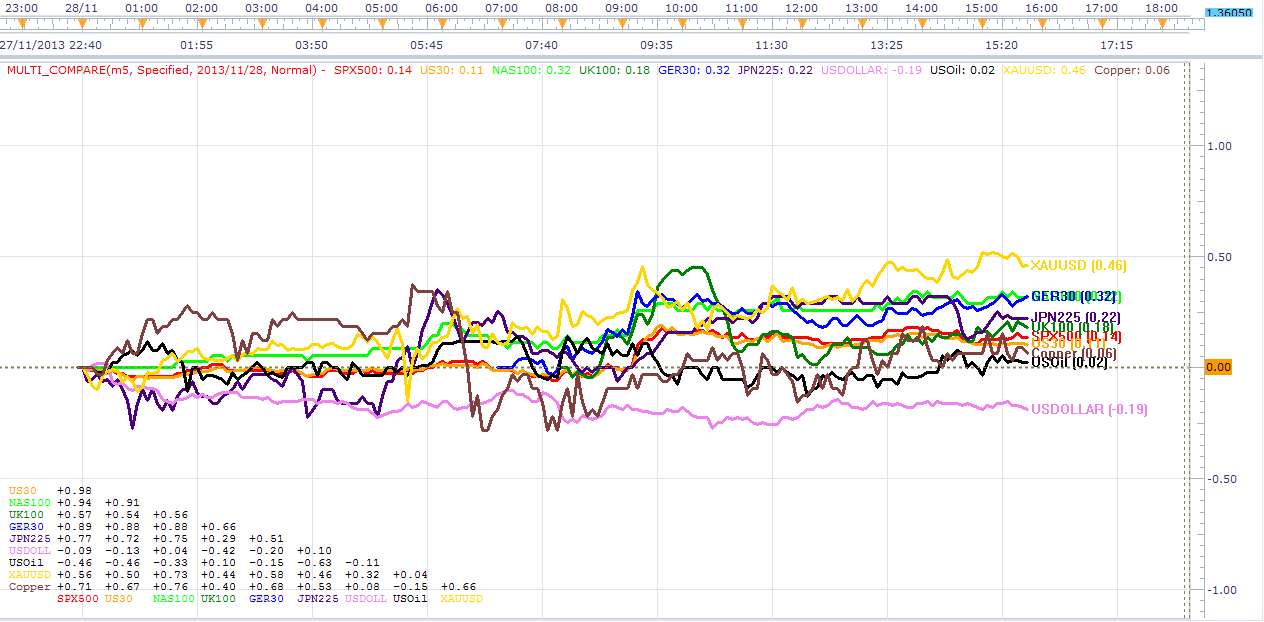

The share of FX trading using various bilateral methods, where information about the trade remains private, has increased.

Trading with hedge funds and principal trading firms (PTFs), and the associated prime-brokered turnover, also declined, suggesting some reduction in activity by non-bank financial intermediaries in the FX market. Trading moved further away from multilateral platforms towards bilateral methods, where information remains private, suggesting that the transparency of the FX market may have decreased further.By contrast, trading by dealers with customers stagnated, partly reflecting a slowdown in international investment activity. Inter-dealer trading increased, reversing a long-run trend.Turnover in global foreign exchange markets reached $7.5 trillion per day in April 2022, in a market that was more volatile than during the previous survey in 2019.By contrast, dealers' trading with financial customers stagnated, mirroring the slowdown in international financial investment activity. In fact, the rise in inter-dealer turnover was big enough to reverse the long-term trend of a declining inter-dealer share in global FX trading. Second, more inter-dealer trading, which tends to rise with volatility. And the greater use of short maturity derivatives may reflect market participants' aversion to taking on term risk in a more volatile environment. First, more trading in short maturity FX derivatives, which mechanically increases turnover, under the assumption that many contracts are rolled over. Global FX volumes were higher compared with the previous Triennial Survey in 2019, owing to two main drivers. This year in April, data collection coincided with heightened FX volatility due to a confluence of factors, such as changing expectations about the paths of future interest rates in major advanced economies, rising commodity prices and geopolitical tensions after Russia's invasion of Ukraine. 3 The Triennial Central Bank Survey of over-the-counter (OTC) foreign exchange turnover ("Triennial Survey") offers a glimpse into this vast FX market. Turnover in global foreign exchange (FX) markets reached $7.5 trillion per day in April 2022 ( Graph 1, panel A), 2 a volume that is 30 times greater than daily global GDP. A greater share of trading was executed via various bilateral methods, rather than via multilateral platforms that make prices available to all participants, implying that the transparency of the FX market may have decreased further. By contrast, trading with customers stagnated, mirroring a slowdown in international investment in 2022. Compared with the previous BIS Triennial survey in 2019, trading volumes were higher because of greater activity in short-maturity FX derivatives and more inter-dealer trading.

Turnover in global foreign exchange (FX) averaged more than $7.5 trillion per day in April 2022 amid a volatile market environment.


 0 kommentar(er)
0 kommentar(er)
